The expansion cloud chamber was invented by Charles Thomson Rees Wilson (1869–1959) and he received the Nobel Prize in physics for it in 1927.
Original Wilson cloud chamber (source):
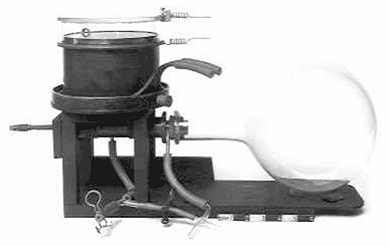
Beside many other applications, Wilson cloud chambers have been used for cosmic ray research. War-built V2 rocket with a nitrogen gas operated Wilson cloud chamber:
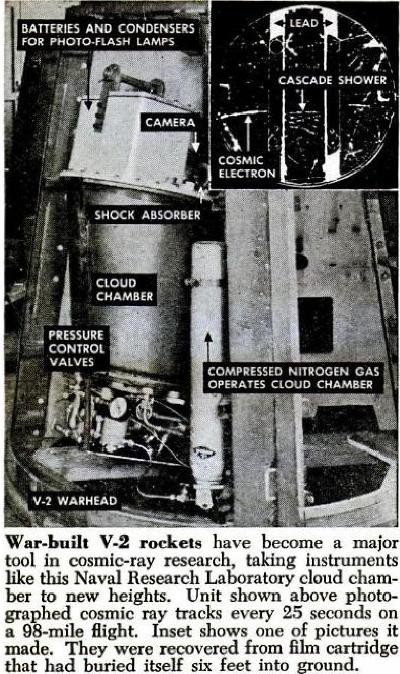
Following figures show the general design of the expansion cloud chamber:
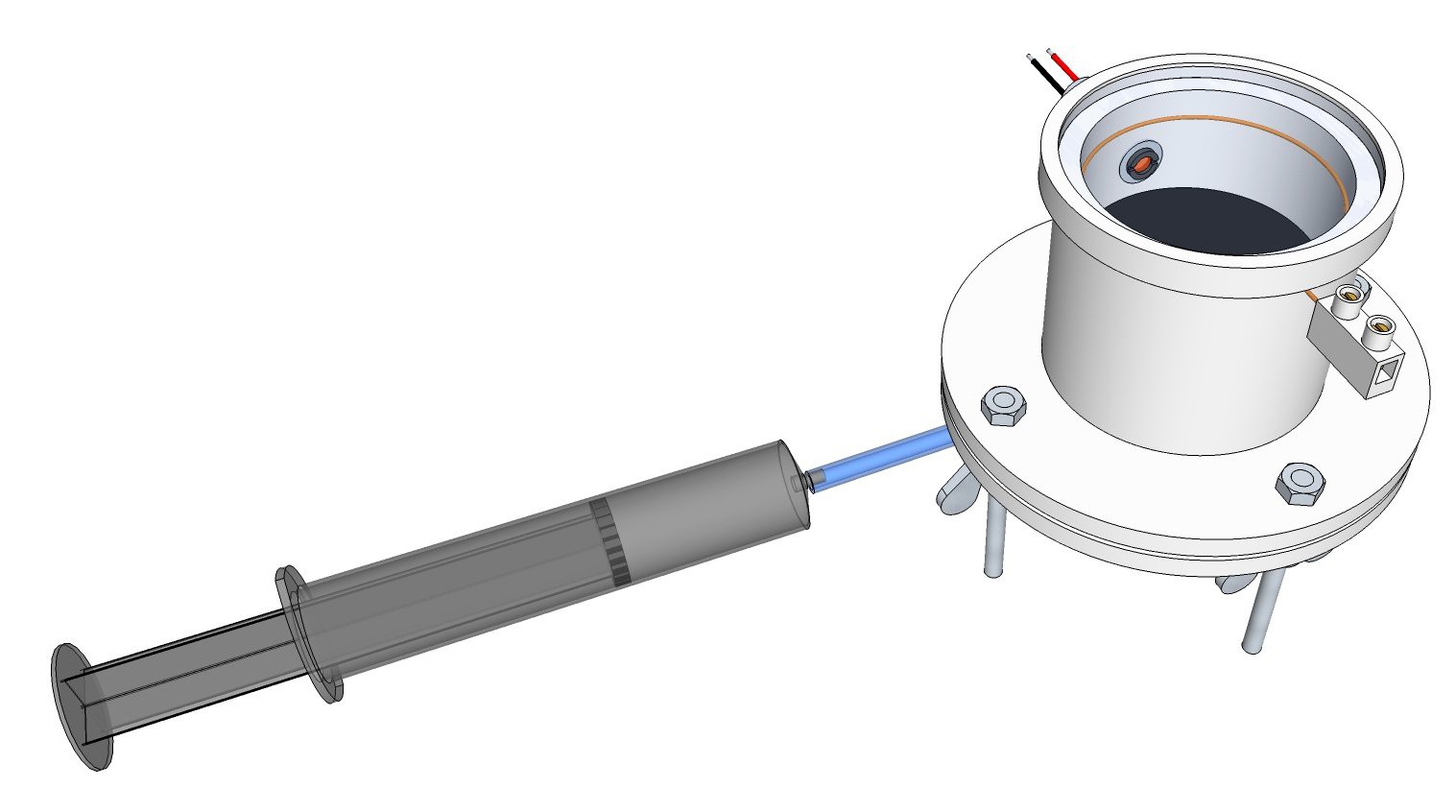
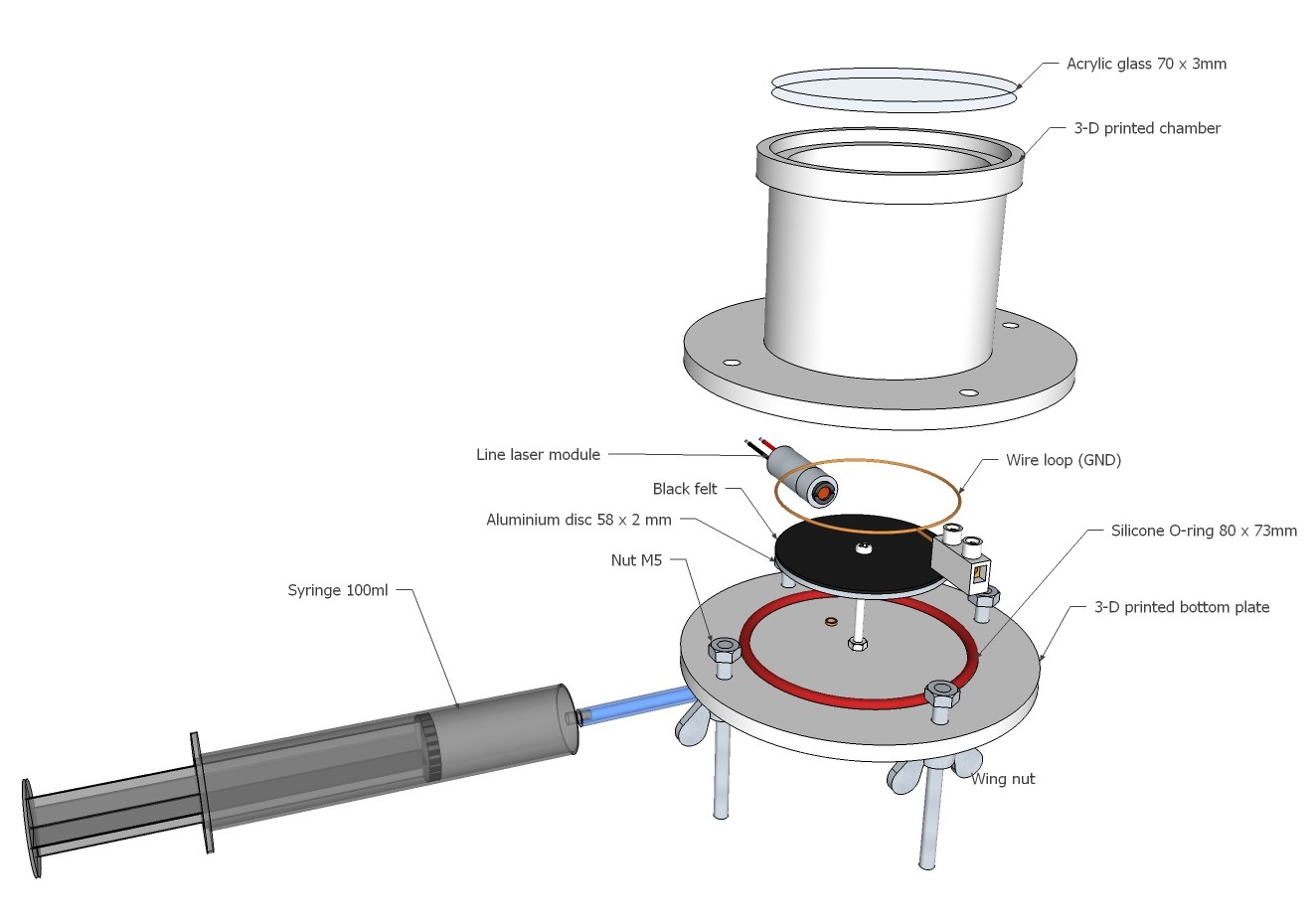

Additionally a high voltage power supply is needed. Next figure shows the schematic of a Villard cascade voltage multiplier. Please note, the transformer T1 is operated in the opposite way as usual.
The cloud chamber needs a fan-shaped light beam. Therefore a line laser is suitable. Several years ago I built a few cloud chambers and experimented with different light sources. A line laser provides a fan-shaped light beam and excellent visibility of the tracks due its spectrum. You can check out this video I made in 2010 to see an expansion cloud chamber with line laser illumination in action.
 M. Bindhammer
M. Bindhammer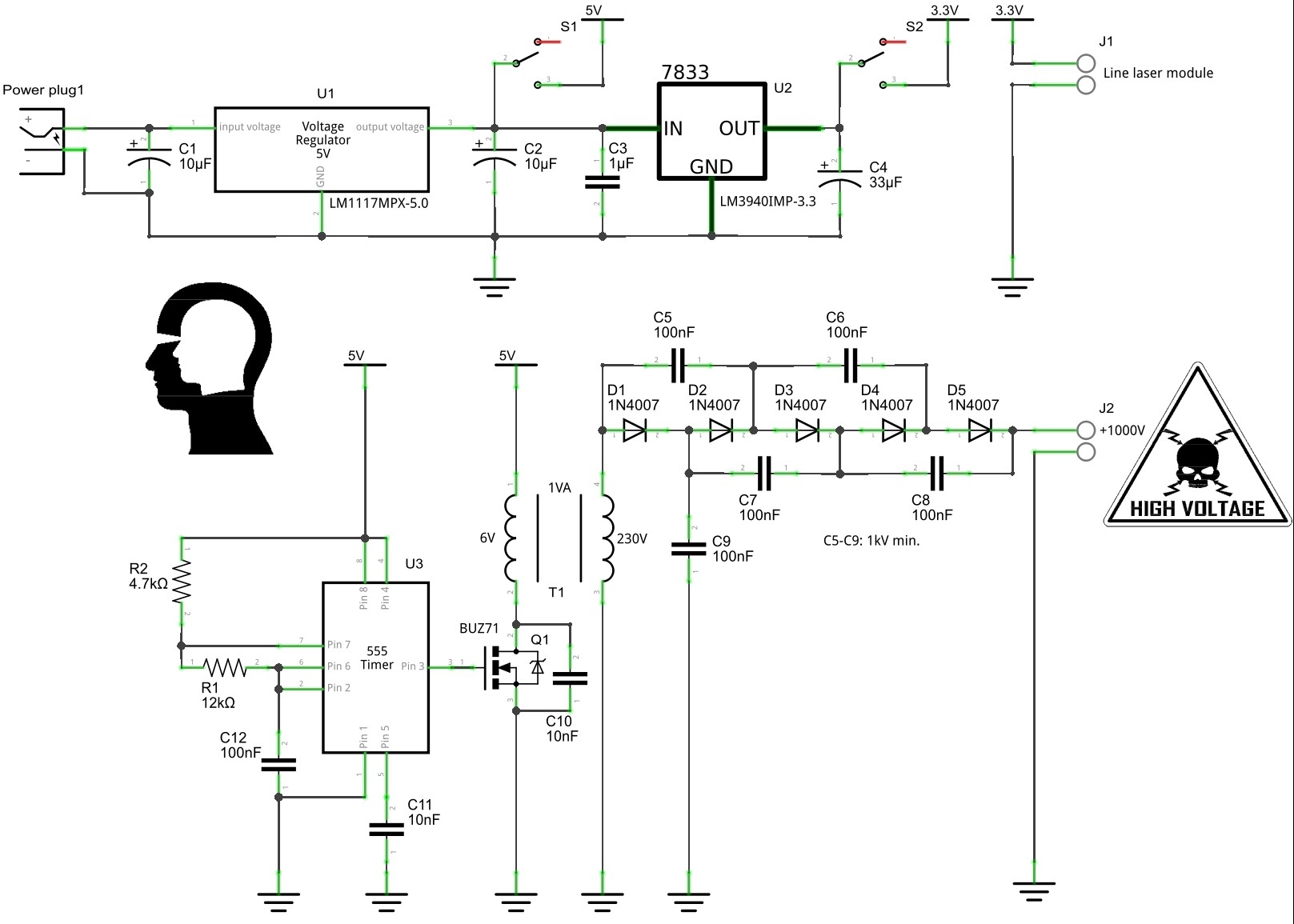 License
License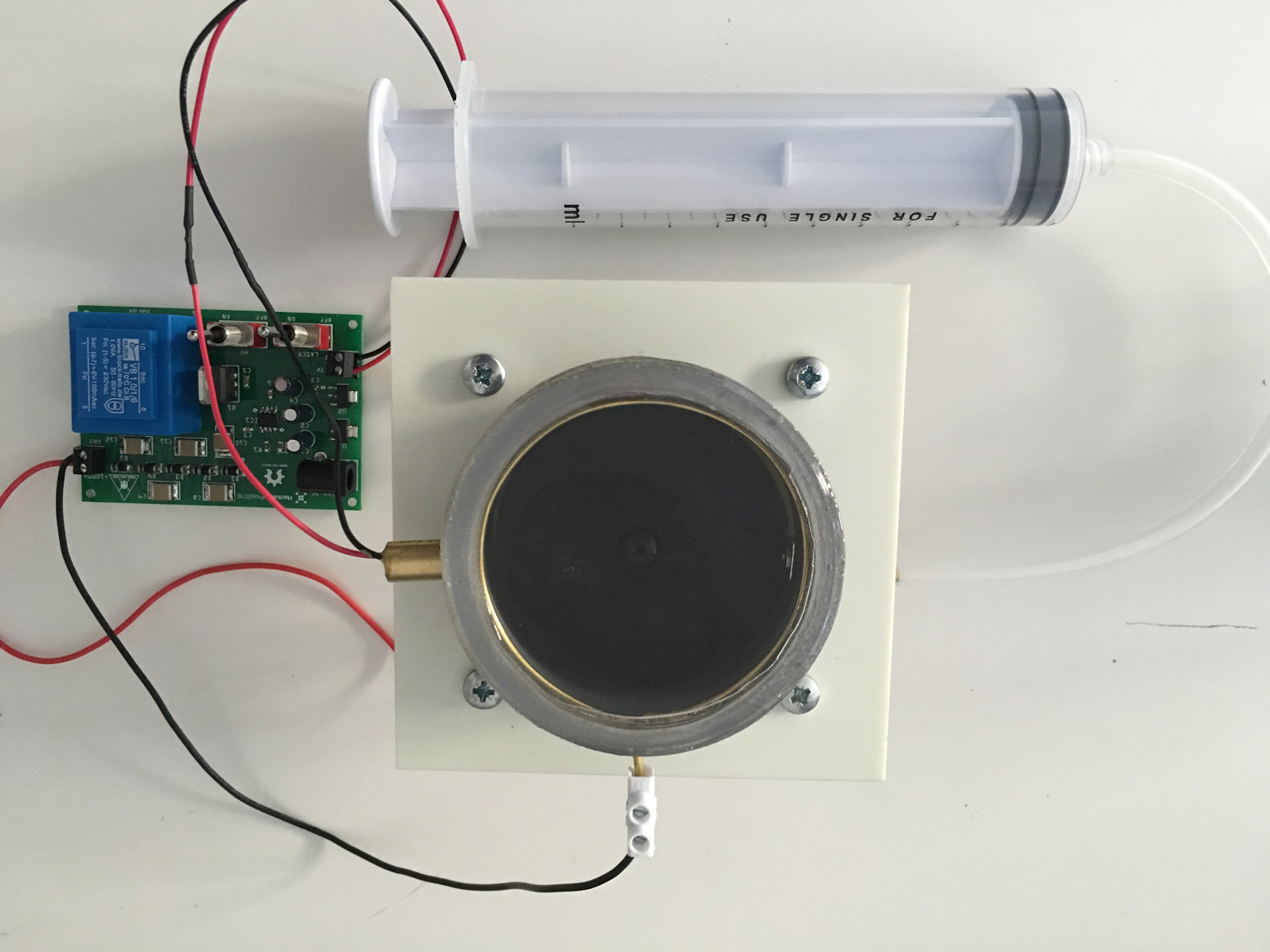
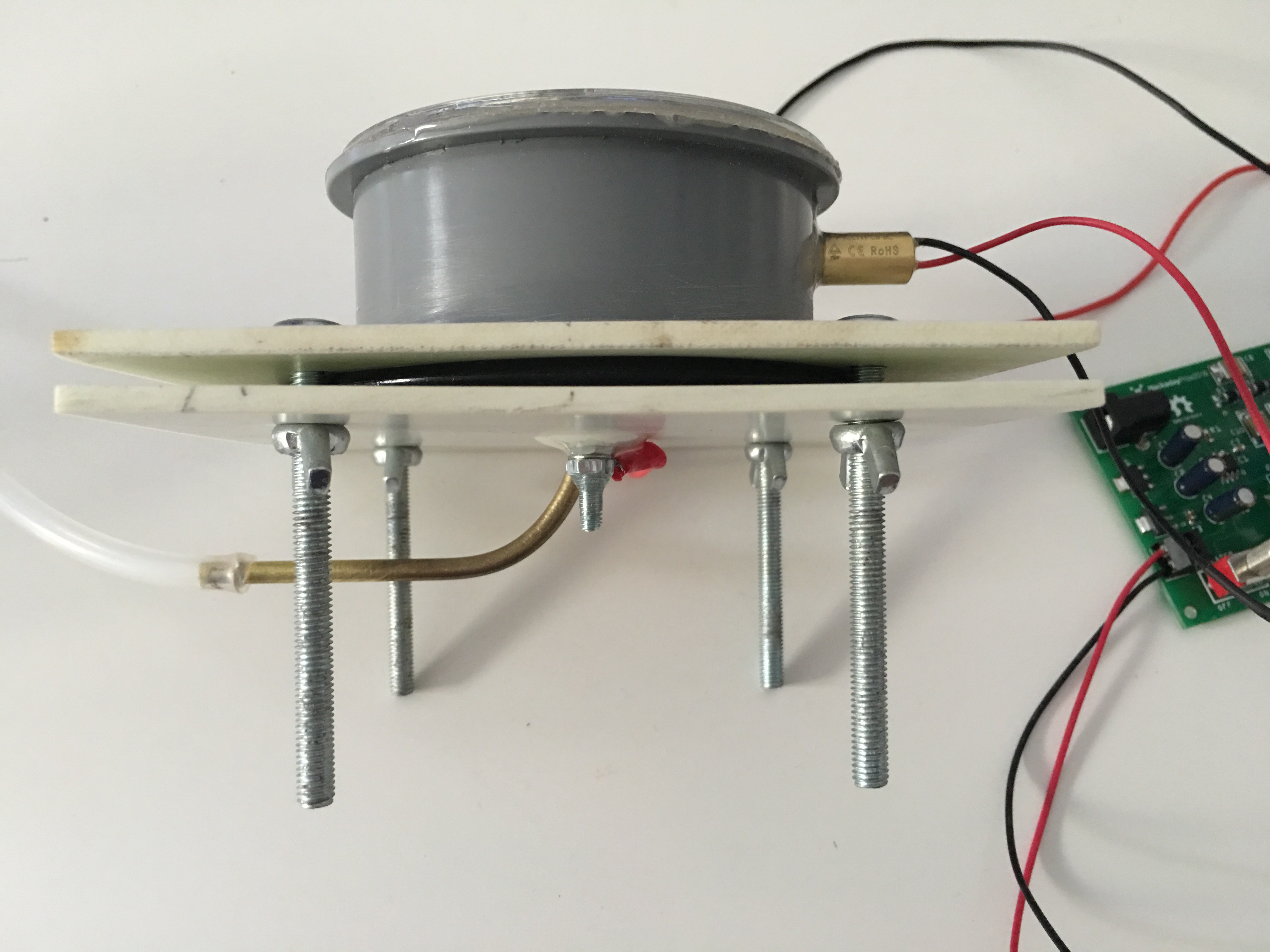
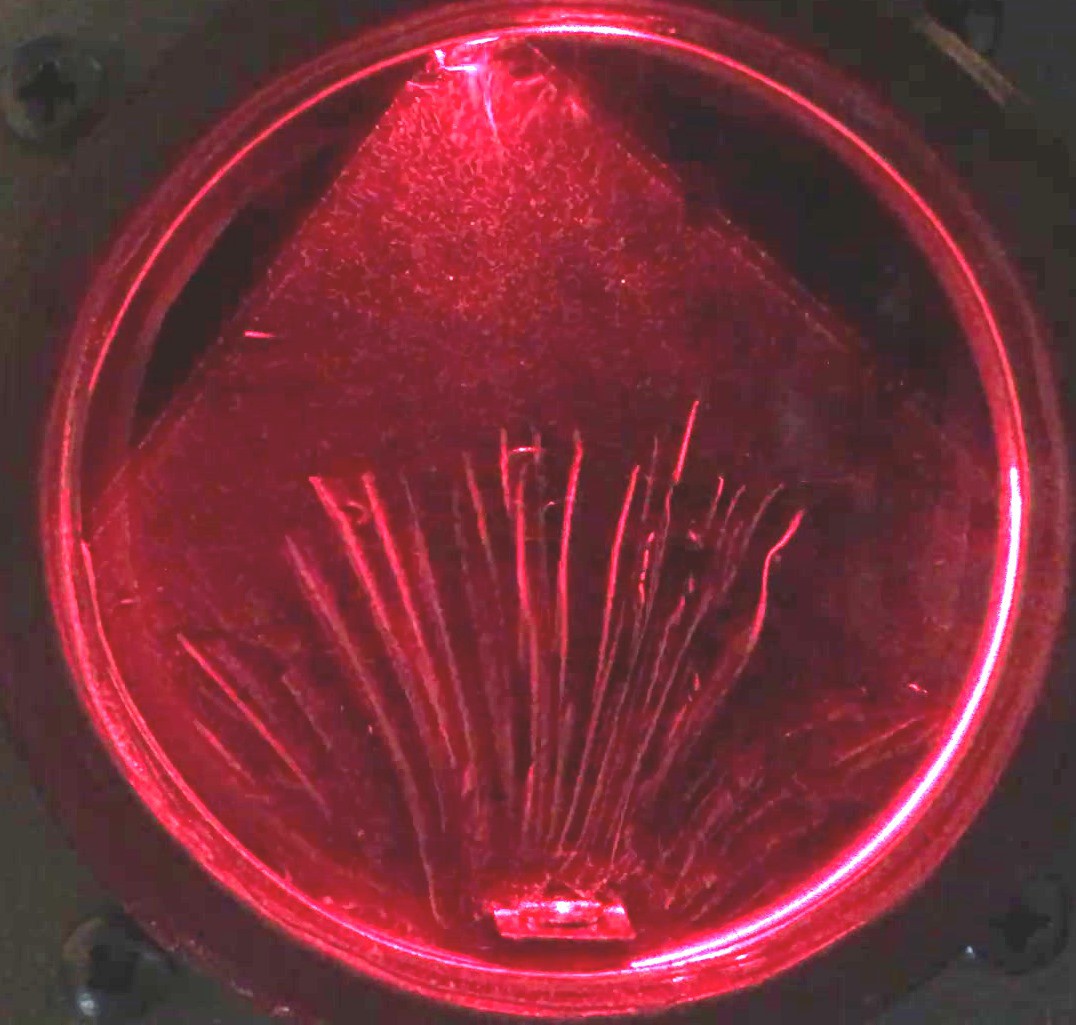
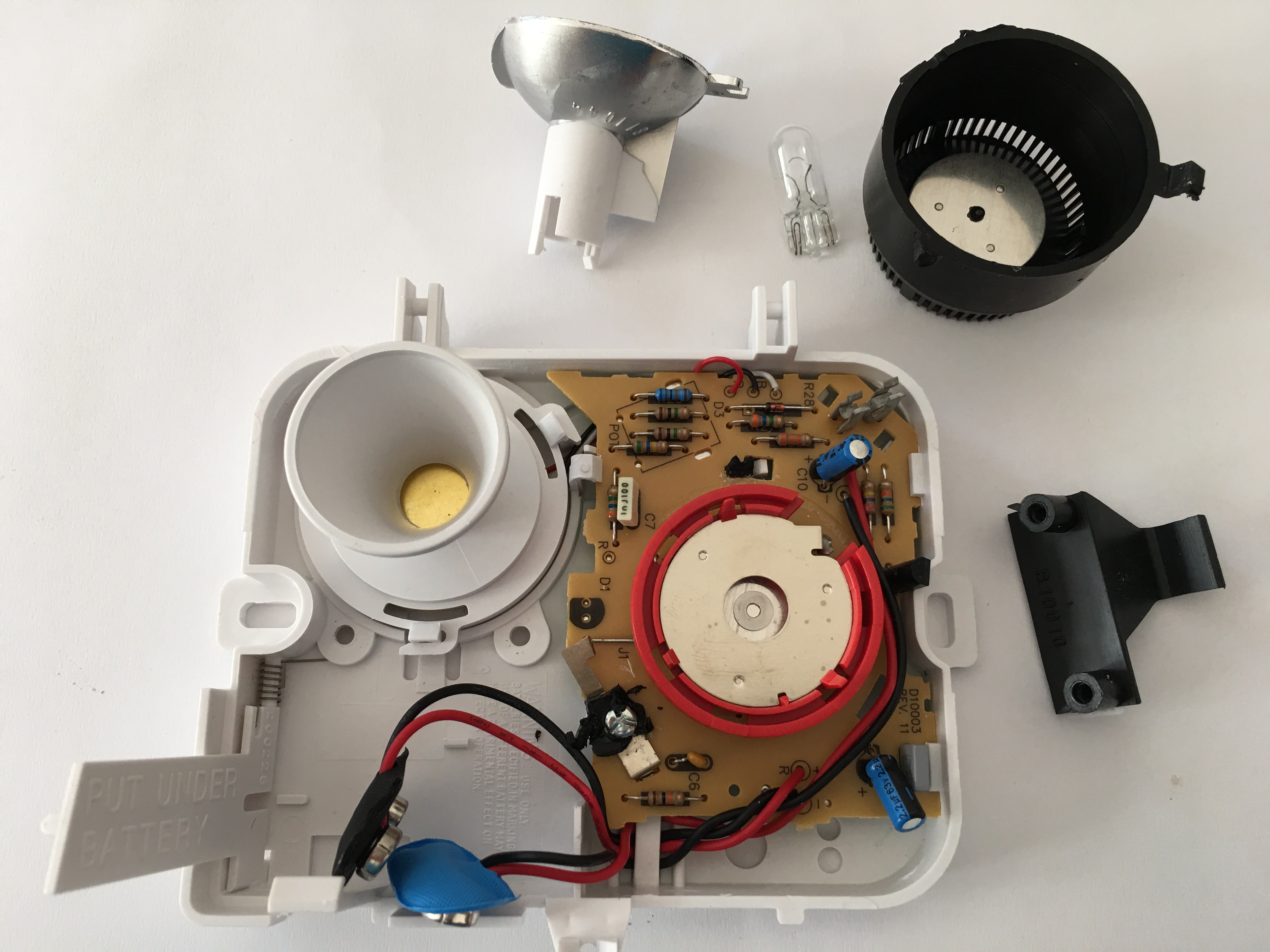
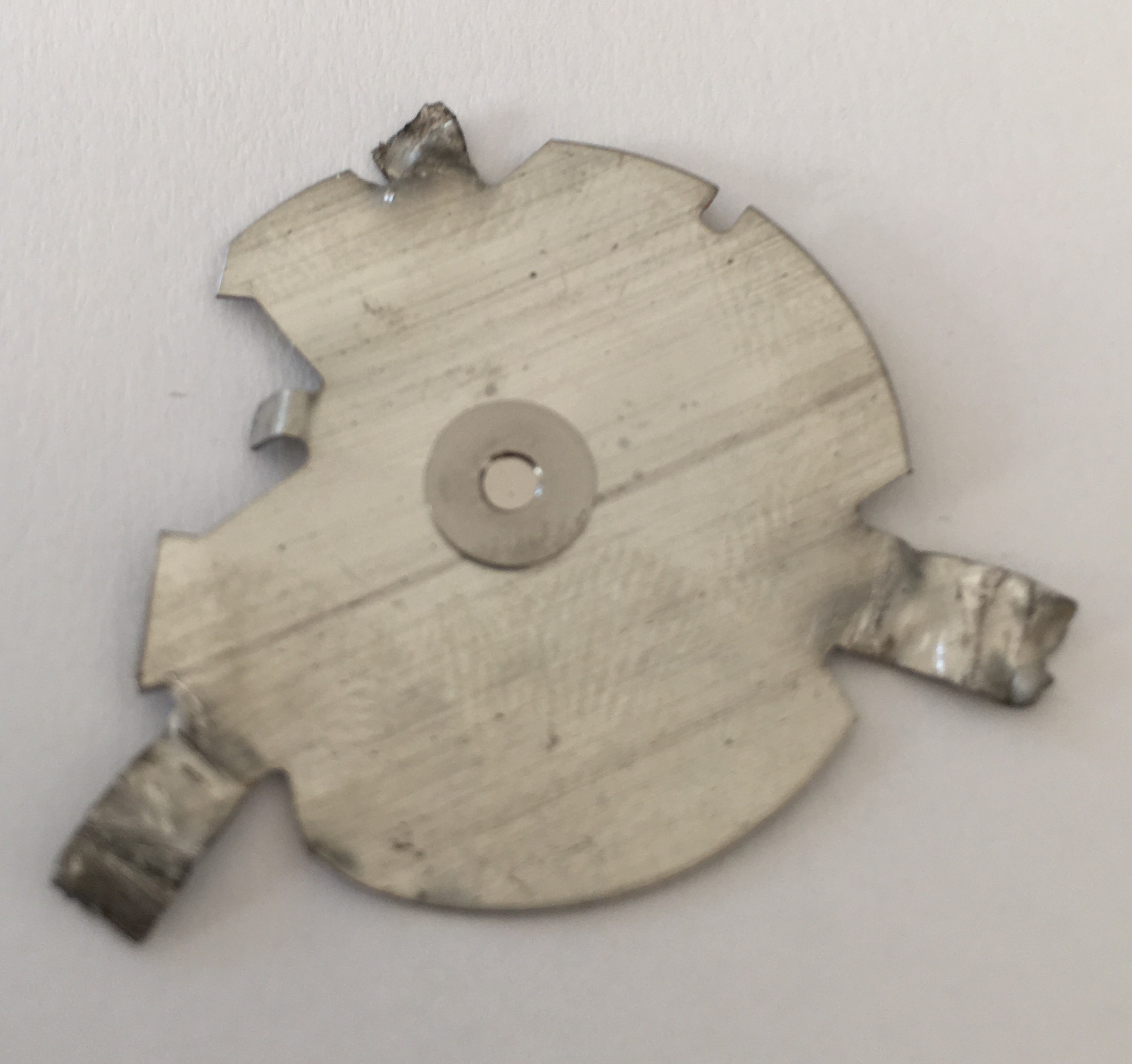
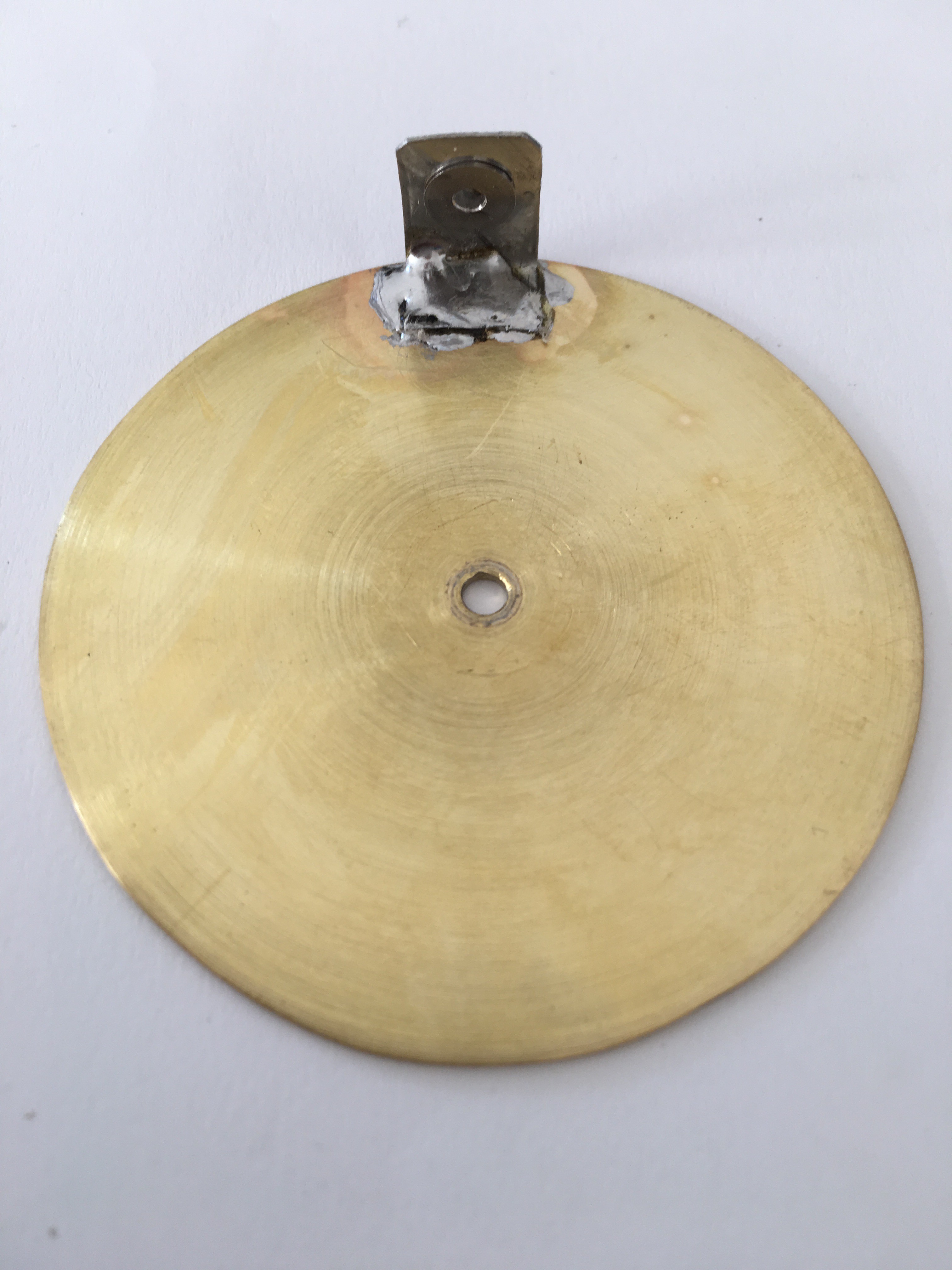
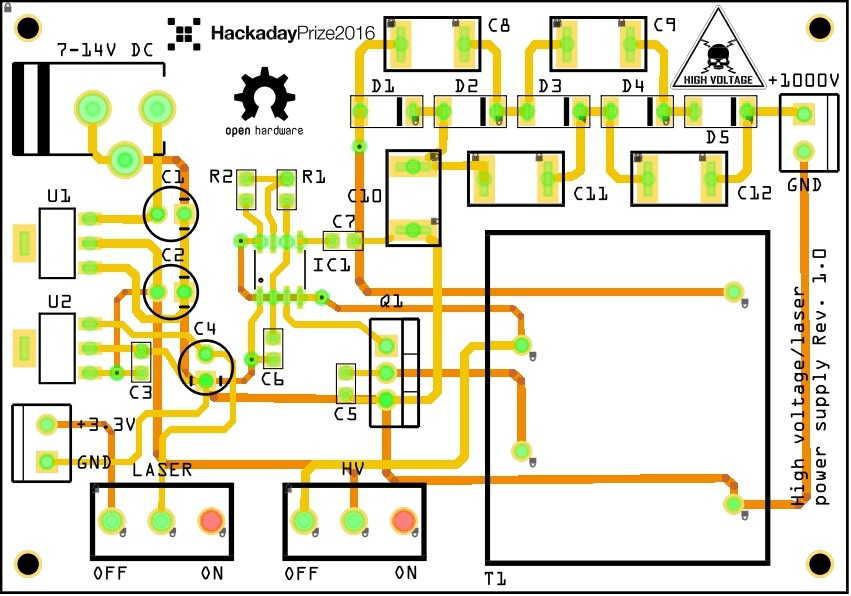
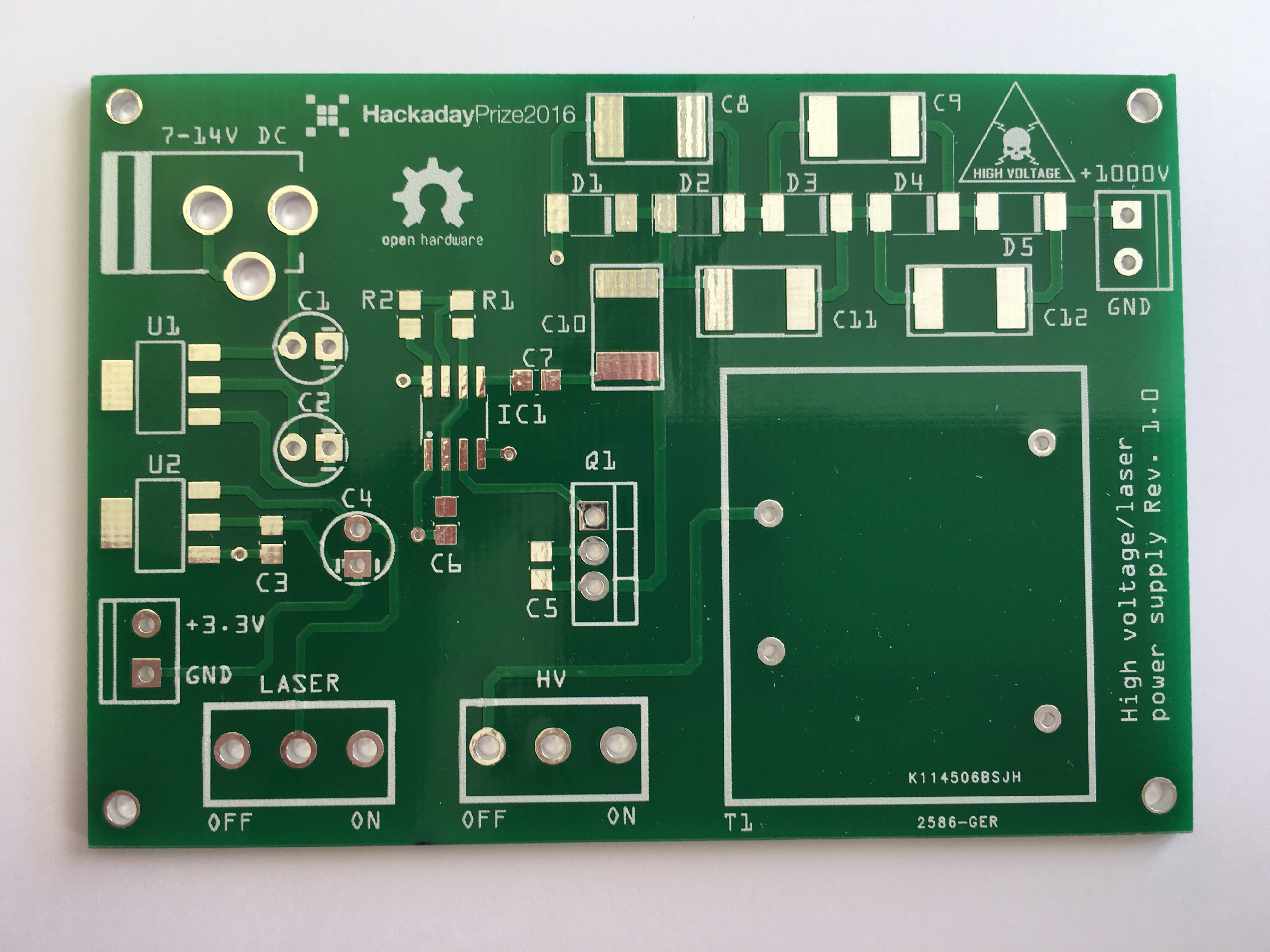
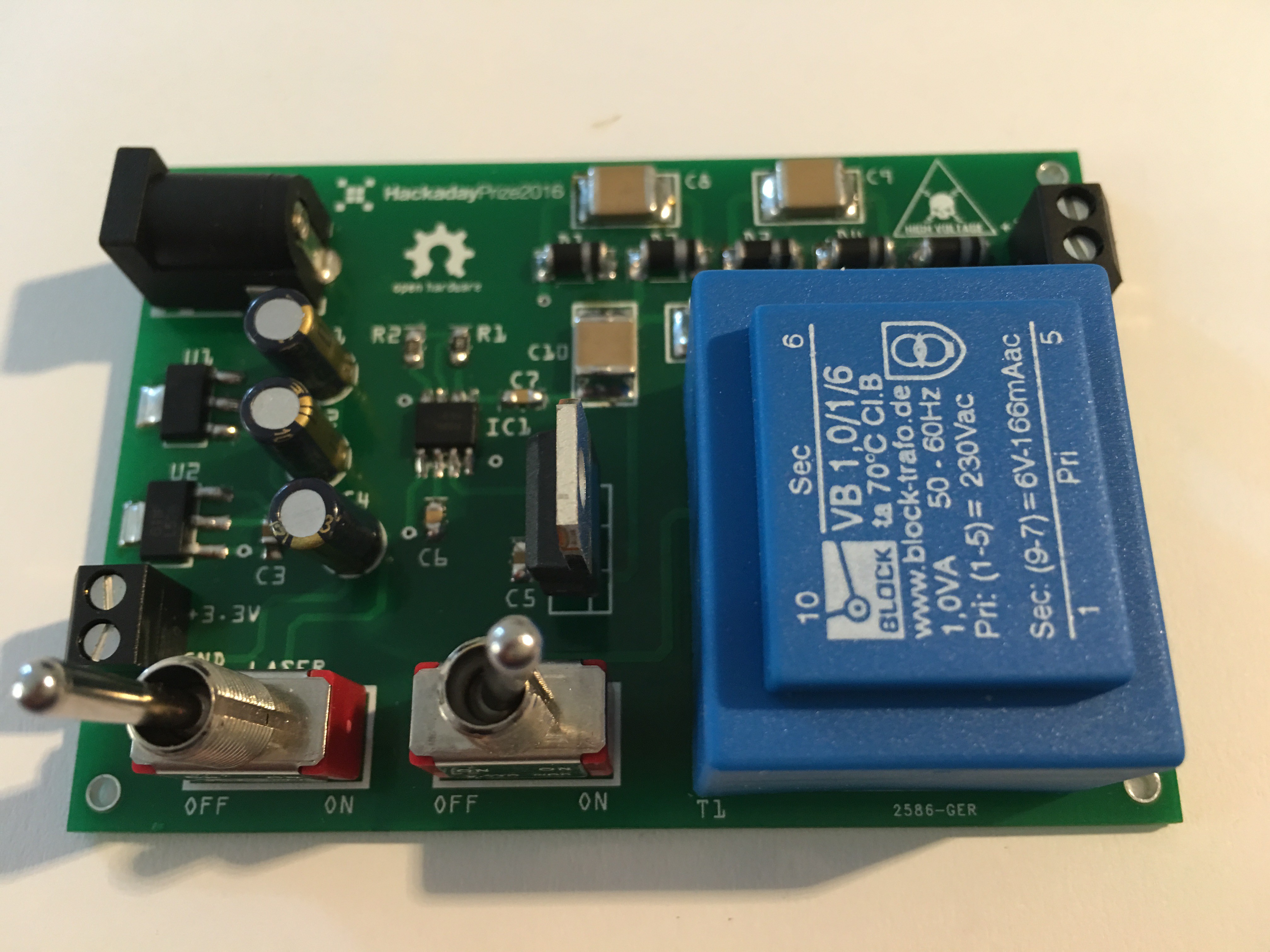


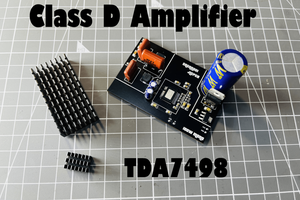
 Sagar 001
Sagar 001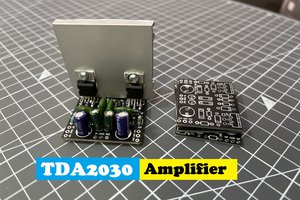
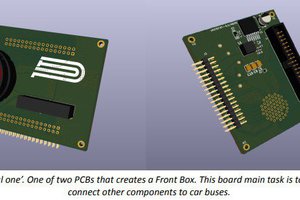
 PUTMotorsport
PUTMotorsport
we should add the microwave module to there.and why don't we make some Natri-iodine vacuum?